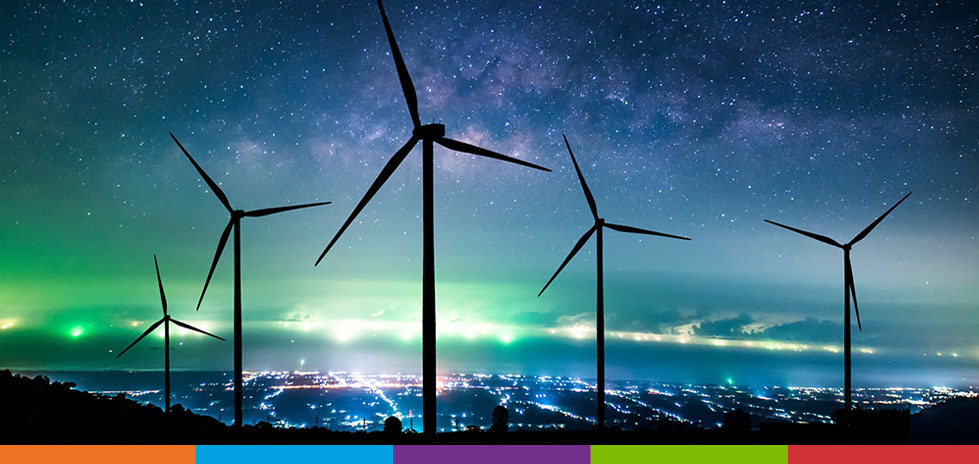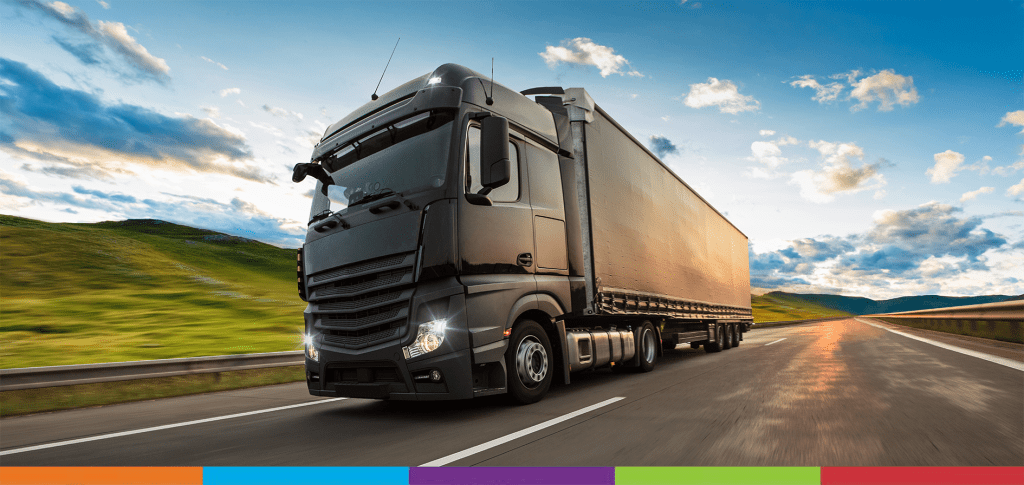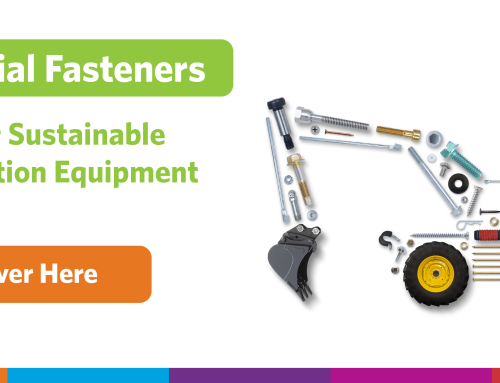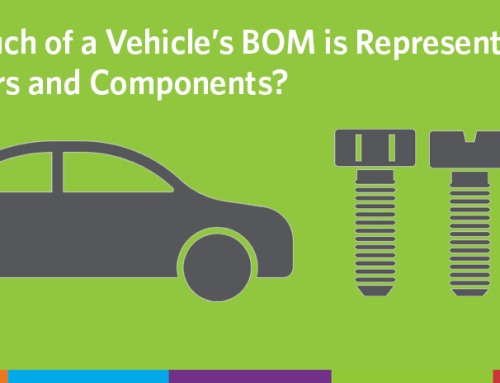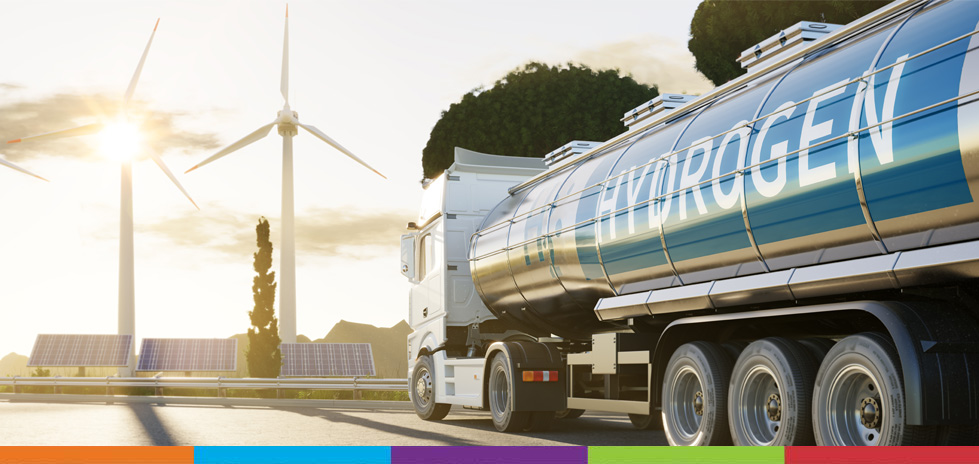
The Future of Heavy Trucks: Hydrogen or Electric?
In a time of increasing awareness of the environmental impact of transit vehicles and HGVs, many heavy truck manufacturers are choosing between hydrogen and electric technologies as a way to reduce their carbon footprint. The transportation sector contributes the most emissions to global warming, and although trucks make up just 10% of vehicles on the road, they contribute 25% of the sector’s total emissions.
It’s therefore never been more important for heavy truck manufacturers to move away from diesel and petrol fuels, and businesses are capitalising on these eco-friendly alternatives. In 2020, however, out of all hydrogen-powered vehicles, only 25% were commercial or heavy truck. The largest number of those were buses, with more than 5,000 in use.
But according to a study by Information Trends, well over 800,000 hydrogen fuel cell commercial trucks will be sold by 2035. Leading the way in hydrogen infrastructure is Germany, having installed almost 100 hydrogen refuelling stations along their autobahns.
However, manufacturers are challenged to attain reduced fleet emissions while still providing efficient range and reliable service.
The production of electric heavy vehicles is much more rapid than their hydrogen counterparts. In the electric market in 2021, there were 670,000 electric buses and 66,000 electric heavy-duty trucks on the road. It’s estimated that approximately 1 million electric buses, vans and heavy trucks will be in use by 2030.
In February 2022, EU member states brought in new legislation stating that zero-emissions heavy trucks (so both electric and hydrogen) must receive at least a 50% discount on distance-based road tolls by May 2023, providing many manufacturers with a financial incentive to go green.
Government benefits like this combined with ecological incentives mean that both hydrogen and electric technologies are becoming increasingly popular amongst manufacturers, but they also bring significant financial, logistical and environmental challenges.
Hydrogen
Pros:
- Clean fuel: The only waste hydrogen produces is water vapour. Green hydrogen is obtained through electrolysis of water, making it sustainable as it’s powered by electricity from renewable sources.
- Energy Efficient: Up to 80% of energy used by a petrol engine is wasted as heat. Hydrogen only disperses 20% of its energy, using 80% to power the car.
- Ideal for heavy transport: A battery for an electric vehicle has to be very large to withhold both the weight of its cargo and the distance it needs to travel. Hydrogen offers a more compact propulsion system, with rapid refuelling times and a long travel range. Hydrogen vehicles can be refuelled at charging docks along standardised HGV routes. Some hydrogen trucks can travel over 500 miles from one refuel, and the charging time can take just as long as refilling a diesel car.
- Solid existing infrastructure: Just one hydrogen charging station can mobilise 50-100 trucks per day, whereas an EV one can mobilise maybe 6-10. However, like electric, hydrogen is lacking in supporting infrastructure, with only a dozen refuelling stations in the UK.
Cons:
- Grey hydrogen: While green hydrogen is produced sustainably, grey hydrogen is a pollutant as it is created using fossil fuels. Currently, more than 96% of hydrogen used is grey. Although it’s much cheaper than green hydrogen, 10 kilos of carbon dioxide are produced for every kilo of hydrogen obtained. 70-75 million tonnes of hydrogen are produced globally, with a waste of almost 1 billion tonnes of carbon dioxide. However, by 2030, it’s suggested that 70% of the world’s electricity will be produced by renewable energy, meaning that hydrogen production will become much more eco-friendly.
- Difficult to handle: Hydrogen has to be highly compressed to be packed into a tank at sufficient quantities to power a vehicle. It can also only be transported in special pipelines, and if done so in a liquid state, it needs to be kept at a temperature of –263 Celsius, which uses significant amounts of energy. Hydrogen is therefore mostly used in the places it’s produced.
- Expensive: Grey hydrogen costs $1-2 per kg, while green hydrogen costs $5-7. To keep hydrogen technology eco-friendly, manufacturers need to use green hydrogen. However, while it’s expensive and diesel is much cheaper, green hydrogen’s enormous environmental benefits outweigh its costliness.
Electric
Pros:
- Eco-friendly: The main selling point of an EV is evidently its zero-tailpipe emissions. Unlike ICEs, electric trucks produce no harmful gases during use.
- Ideal for heavy transport: With an EV, you don’t have to wait for the powertrain to reach an optimum RPM before max torque kicks in, resulting in easy towing and hauling. Electric trucks also need less gears than their petrol and diesel counterparts to achieve the same performance.
- Reduced maintenance: Electric trucks don’t require oil changes and services of associated parts that deteriorate over time. They also don’t have exhaust systems and air filters to maintain. This means that they require less regular maintenance than ICEs, and can reduce a business’ outgoings in the long term by avoiding vehicle downtime.
Cons:
- Range anxiety: The average electric truck can only travel around 194 miles before they need recharging, with extended batteries achieving 300 miles.
- Limited infrastructure: The SMMT (Society of Motor Manufacturers and Traders), however, has advised that 2.3 million charging points will be needed in the UK by 2030 to meet rising demand. To meet this target, we’d have to install 700 charging points every day for the rest of the decade. However, The SMMT have launched a pilot scheme, backed by £20m of government funding, with the aim of installing more than 1000 public charge points across the UK, meaning that electric infrastructure is growing.
- Temperatures: Heavy trucks often find themselves travelling in extreme temperatures. An EV’s driving range can decrease by 17% in hot weather, and up to 41% in cold weather, posing a significant logistical challenge.
- Production of batteries: Although electric trucks are, overall, better for the environment than a petrol or diesel truck, they require large batteries made of materials like lithium, that require a significant amount of energy to source and extract. However, it’s important to remember that battery production is just one part of an EV’s lifespan, and the vehicles can last a significant amount of time producing zero-tailpipe emissions.
In a nutshell, hydrogen currently provides better range than electric, but it’s far more expensive to source sustainably, and both technologies are lacking appropriate infrastructure. It’s important, however, not to lose sight of environmental responsibility. Although these technologies have a way to go in minimising their environmental impact, they are undoubtedly more eco-friendly than their petrol and diesel counterparts, and can revolutionise the transport sector’s impact on global warming.
Whether you’re producing hydrogen or electric heavy trucks, we supply specialised, lightweight fasteners and C-Class components for both technologies. In a time where cost considerations are especially important, Optimas’ supply chain solutions can transform manufacturers’ productivity by reducing cost, mitigating supply chain risk and maximising efficiency. Our team of global fastener engineers can work with you to optimise your product performance.
Work with us to meet the demand for sustainable transport and produce more, with less.

